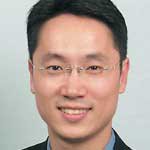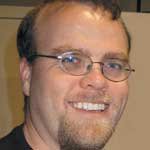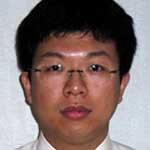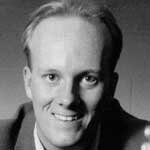Computer & electronics hardware
Ted Sargent
Fashions photonic circuits that could speed voice and data to homes

Global
Kevin Lee
Integrates photonics and electronics on chips to speed telecommunications

Global
Heike Riel
Built large, bright, organic video displays using materials dismissed by contemporaries

Global
Rasmus Lerdorf
Invented a server language that brought live data to the Web

Global
Tsuyoshi Yamamoto
Builds brain-imaging machines that are faster and cheaper than magnetic-resonance imaging equipment
